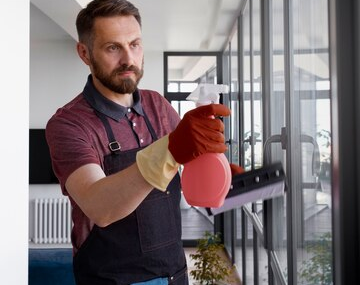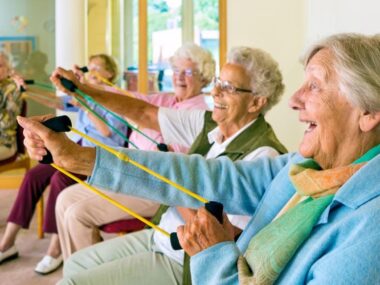Telehealth reshaping healthcare
Technology is changing every phase of the industry with AI and neural networks enabled deep learning that is throwing up endless possibilities that are functional, comforting, and sustainable development in a positive way
Telehealth systems or simply telehealth is the by-product of the scope of technology that has allowed the barriers of distance and time to be overcome in delivering patient care. Using communication devices, video calls, remote monitoring tools, and a host of other things that constitute telehealth systems, healthcare is now provided in the comfort of a patient’s home.
Telehealth is a delivery model that can be interfaced with other disciplines to increase the efficacy of the standards of patient care. There was a time when telehealth was regarded as a means to provide basic healthcare facilities to developing countries or deprived regions where hospitals and clinics are not there. But now telehealth has proven its core capabilities are beyond subjective use only for countries that need healthcare in remote locations. It can be used to deliver efficient forms of care to any person, even the most developed city.
Here are a few areas where telehealth services have enhanced the way patient care was provided and is now accepted as a normal system:
Geriatrics
Aged patients find it really difficult to move around and often are dependent on their family members for consultations and health check-ups. With the help of telehealth, an active number of the senior population has taken up the facility with a positive attitude. Even if they are tech-savvy, a family member usually connects them to a virtual appointment with their physician.
Most seniors using telehealth services have embraced the idea as it helps them review their health in presence of their family and pets. They have a comfort factor associated with their surroundings and open up about their health-related issues in familiar settings. When patients discuss everything openly, treatment plans are more focused and promote faster recovery.
Post-trauma care
A patient who has been through surgery related to any accident for an episode that has led to other complications needs complete bed rest and a periodical review of their progress. These patients need to use RPM devices that transmit their telemetry-related data like glucose, blood pressure, or oxygen levels to an observation center for telehealth patients.
Even slight change in the normal range of biometrics is detected at an early stage and any bigger adversity is checked in time through corrective measures.
Why has telehealth gained importance in recent times?
Few factors have worked in favor of the gaining acceptance of telehealth in the healthcare industry, namely
- Covid-19 pandemic
With the onset of the pandemic, there was a need for governments around the world battling to contain the spread of the virus to impose lockdowns and restrictions to move around. With hospitals also tending to a sea of covid affected patients, ongoing treatment plans had to be transferred to telehealth services.
Patients connected virtually and some of them interacted for the first for any virtual meeting, thus making the system robust enough to cater even to non-initiated.
- Payment parity
With RPM devices reimbursement through medicare policy changes, telehealth has been accepted even by the other enablers of the system like telehealth nurses, home health agencies, and other pioneers of home care initiatives like doctors and hospital staff. The spike in telehealth users in major health plans is considerably high because of the overall acceptance and reimbursements.
- Remote patient monitoring devices
Remote wearable devices used by patients to detect their vital and biometric data like glucose, blood pressure, and oxygen levels have proved to be an efficient way to facilitate wireless telemetry. Constant review of patient-related information has helped in reducing hospitalization episodes in patients.
The number of patients who have started observing a change through proactive measures of health management and prevention practices like moderate exercise and a good diet has been able to do so because of RPM-generated alerts. The alert that sounds when blood pressure or sugar is high is a warning sign to take a corrective measure like taking emergency medication or talking to a telehealth nurse. Thus patients felt engaged and involved in their health
Conclusion:
The use of telehealth should not be limited to geriatric services only. A host of other options like pediatrics, de-addiction services, mental health, and a host of other acute care that can be managed through communication and review should be considered for telehealth.



